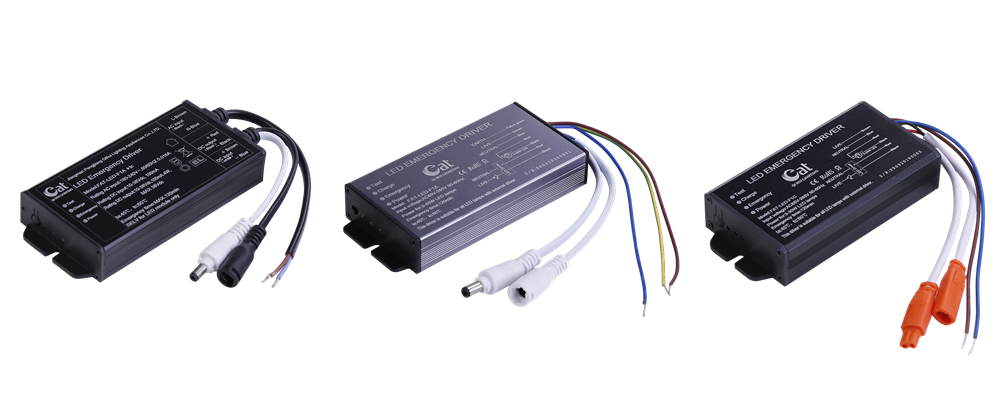Silicon crystal flakes are about 10μm, which is very expensive, but it is worth exploring in the field of microelectronics, especially the growing demand for 3D circuit integrated microchips. In the medium term, the application of silicon wafers has great potential in the conversion of solar energy into photovoltaic energy and the more economical, flexible and lightweight solar cells.
In recent years, due to continuous advances in technology, from monocrystalline silicon ingots to increasingly thin silicon wafers. The original polycrystalline block was cut in layers using a diamond multi-wire saw and super-hard abrasive material, and the thickness was about 150 μm. But the cutting process of thinner wafers is very complicated because existing methods can only allow one slice at a time. In addition, 50% of the silicon is lost during processing.
The research team led by Professor Ramon Alcubilla developed this technology to control the thickness of silicon crystals and transform single crystal silicon into many crystalline layers in a single step. Known as a "puff pastry", this silicon crystal is more efficient, faster and more economical than existing methods.
Scientists invented this method mainly by making small holes in the material and then using high temperature processing to obtain a plurality of individual crystalline silicon wafers by precisely controlling the cross-sectional view of the small holes. Its accuracy controls the number and thickness of the sheets. The exfoliate then separates the silicon layers. The number of silicon layers is determined by the thickness of the layer itself and the initial thickness of the crystal flakes. Researchers at the Nano Engineering Center have successfully developed ten wafers (5-7mm) from a single 300mm thick wafer.
Reduced production costs in the industry
The demand for thin and ultra-thin silicon wafers has made it possible to integrate 3D circuit integration of traditional microchip MEMS and the application of the latest photovoltaic technology. For example, wafer cutting for solar cells has been continuously improved, while thickness is reduced, and efficiency is also increased, thereby reducing production costs. Despite this, there are still some difficulties in reducing the cost. Moreover, it turns out that although the thickness is reduced, the wafer still has a high capacity for absorbing solar energy, thereby being converted into electric energy. (Excerpt from: "Producing Cheaper and More Flexible Multiple Thin Crystalline Silicon Wafers", translation: Ma Yanping)
Aluminum Shell Emergency Driver
LED emergency power supply is a driver that can be used as backup power supply for LED lights . The aluminum shell emergency driver can be applied to all different types of LED lights in the wide range of AC85-265V . Aluminium housing can make the emergency conversion kit faster heat dissipation , small density and light weight , with a strong corrosion resistance . Choose high quality rechargeable lithium ion battery to extend the service life .

Emergency Light Kit,Led Emergency Inverter,Led Emergency Backup Driver,Led Light With Emergency Backup
Jiangmen City Pengjiang District Qihui Lighting Electrical Appliances Co., Ltd , https://www.qihuilights.com